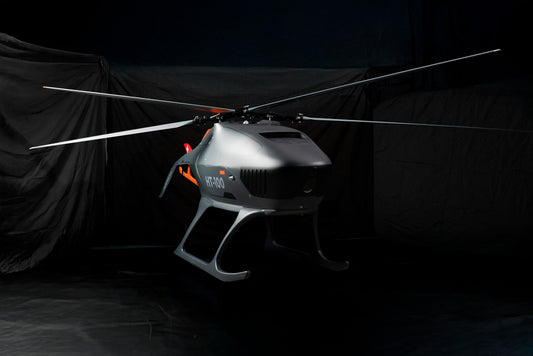Wildfire Response: How Drone Operations and New Regulations Are Reshaping Firefighting

Wildfires Are Escalating and So Must Our Response
Wildfires are destructive and unpredictable. Fueled by rising global temperatures and prolonged droughts, these fires are not just burning forests, they’re threatening homes, critical infrastructure, and entire communities. When a fire ignites, the clock starts ticking. Getting eyes in the air fast can make the difference between a manageable incident and a national emergency.
That’s why drones have become one of the most valuable tools in the fight against wildfires.
How Drones Help Fight Wildfires
Drone operations in general provide rapid, flexible, and high-resolution aerial intelligence, with most drones capable of relaying captured data in real time. Unlike satellites or crewed aircraft, drones can be deployed in minutes, flown repeatedly, and adjusted mid-mission to respond to shifting fire behavior.
Wildfire drone missions can:
-
Track fire lines across massive, rugged terrain
-
Monitor flare-ups and spot fires before they become dangerous
-
Map burn areas and fuel loads to support planning
-
Provide live thermal imaging for night operations
-
Assess risks to nearby infrastructure and communities


Note that the above two photos were taken in the same second, but with 2 different cameras. When paired with advanced sensors and smart software, drones give fire crews a reliable, real-time view of the situation beyond what the human eye can see without risking human lives in the process.
The Role of BVLOS in Wildfire Operations
The current biggest limitation to conventional drone use in wildfire scenarios is line of sight. Standard regulations require that a pilot maintain visual contact with the drone, limiting range and reducing overall effectiveness, this is especially limiting in remote or mountainous regions.
Beyond Visual Line of Sight (BVLOS) operations lift that restriction, allowing drones to fly far beyond the pilot’s line of sight using GPS navigation, detect-and-avoid systems, and secure communication links.
This unlocks significant advantages, including longer range coverage that extends tens of kilometers from the launch point, enabling continuous data collection across vast fire zones. It also reduces the need for repositioning or relaunching, which saves critical time during emergency operations. Most importantly, it improves crew safety by eliminating the need for pilots to operate near the fire line to remain within legal operating requirements.
In short, BVLOS allows drones to perform like true airborne assets, capable of persistent surveillance and actionable intelligence at scale.
While BVLOS operations offer clear advantages for wildfire response, widespread adoption has been slow. Legislation has historically struggled to keep pace with the rapid evolution of drone technology, leaving critical capabilities underutilized due to outdated or incomplete regulations.
This has been reality, until recently.
A Turning Point for Global BVLOS Regulation
Governments around the world are beginning to recognize how critical BVLOS capabilities are for emergency response:
-
In Canada, new BVLOS regulations will take effect on November 4, 2025, creating a national framework that enables qualified operators to fly BVLOS missions legally and safely.
-
In the United States, the Federal Aviation Administration is expected to release updated BVLOS rules by February 1, 2026, marking a major shift in how drones can be used in public safety and emergency operations.
These changes signal a broader global trend: BVLOS is no longer experimental, it’s essential. Authorities are prioritizing safe, scalable solutions that can support frontline crews and protect communities. BVLOS drone operations are quickly becoming a core part of that strategy.

Our Wildfire Drone Operations
AeroVision has been flying emergency missions for years, and today we’re fully equipped to support wildfire response. In Canada, we have been given special BVLOS wildfire response permissions ahead of the implementation of the new BVLOS rules during this year's wildfire season.
With highly trained crews, and mission-ready aircraft, we’re helping response agencies access the real-time intelligence they need when it matters most.
Talk to Us Before the Next Fire Starts
Wildfires are unpredictable. Your response strategy shouldn’t be. Whether you’re looking to augment your existing firefighting capabilities or explore how BVLOS operations can support your wildfire planning, we’re here to help.
Contact us to learn more about our wildfire-focused drone services and how we can support your team during this fire season and beyond



